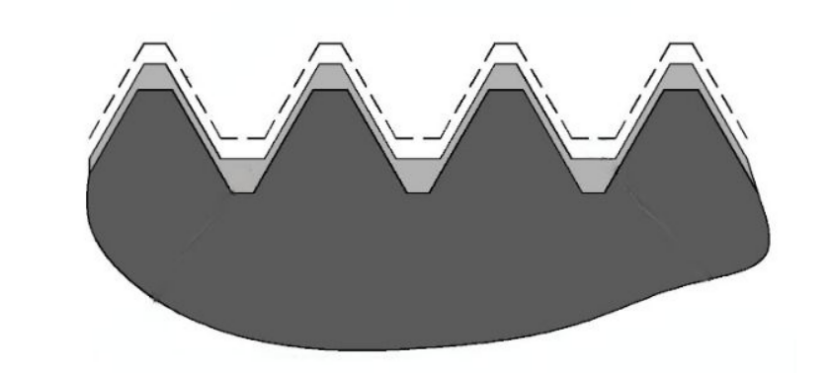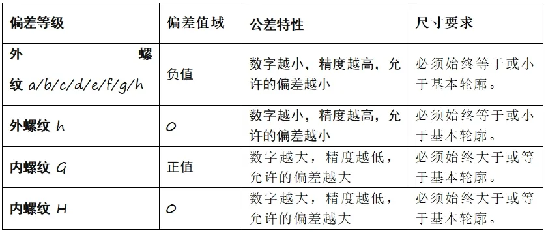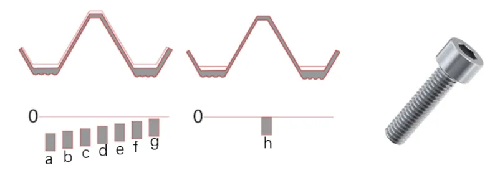
The threaded fit ensures the accuracy and interchangeability of threaded fasteners. Today, according to ISO965-2013 and GB/T197-2018 standards, Screw King discusses in detail the geometric parameters, tolerances, marking methods and detection processes of ordinary metric threads to comprehensively analyze the factors that affect the fit of threads.

01
Geometric parameters that affect thread fit
The geometry of the thread is essential to ensure the interchangeability, strength and fastening properties of the threaded connection. The key geometric parameters and their influence in screw fit are sorted out.

The key to optimizing thread fit is to precisely control thread geometry to meet standards, thereby ensuring connection reliability and system performance.
02
Common thread tolerances and deviations
2.1 Thread tolerance
Thread tolerance is defined as the allowable deviation between the actual and theoretical middle diameter dimensions of a thread during manufacturing.
The fit grade of the thread is identified by two letters representing the tolerance grade of the internal and external threads.
This detailed classification and standardization ensures that threaded fittings produced by different manufacturers can be precisely matched to meet various engineering needs.
When defining thread tolerances, tolerance class and deviation class are two key elements. The tolerance level is expressed numerically to reflect the precision level of thread manufacturing;
The smaller the number, the higher the precision. The deviation grade is represented by a letter, which defines the direction and magnitude of the deviation of the thread size from the
basic size. Below is a simplified table that Outlines the deviation classes and tolerance characteristics of the external and internal threads.



Common examples of basic deviations in pitch:

*For very small pitches, such as 0.5mm, it may be very difficult or costly to manufacture threads that meet the accuracy of a/b/c/d grades, so these grades are not included in the deviation table.
In thread fitting, different types of fits can be formed based on the tolerance level combination of internal and external threads, including clearance fit, transition fit, and interference fit. Screw
Lord has compiled the commonly used fitting types for metric threads.

When selecting the thread fit grade, it is also necessary to consider the working conditions, load, temperature, vibration and other factors of the thread connection to ensure that the selected fit grade can meet the needs of practical applications.
2.2 Length and direction of threading
The screw length refers to the actual length of the screw part, which plays a decisive role in the tightness and strength of the thread connection. According to the GB/T 197-2018 standard, the spinning length is divided into short (S), medium (N) and long (L) to adapt to different use requirements and strength levels.
For example, M10-5g6g-S indicates threads with short fit lengths, while M10-7H-L indicates threads with long fit lengths. If the thread is of medium length, the code N is usually not marked.
The choice of screw length also takes into account the nature of the material, the type of thread (such as coarse or fine teeth), and the application scenario (such as vibration environment). Typically, the first three pitch lengths will carry more than 70% of the force, so the spin length is usually no less than 5 times the pitch length. For threads subjected to axial forces, the screw length is generally selected to be a length of 8 to 10 pitches.
The choice of thread direction is essential to meet specific application requirements and mechanical operation. Generally, the screw rotation is divided into right-handed and left-handed:
Right-hand thread
It tightens when rotated clockwise and loosens when rotated counterclockwise. This rotation conforms to the intuitive operation of most people, so it is widely used in standard parts and fasteners.
Left-hand thread
In contrast to the right-handed thread, it is tightened when rotated counterclockwise and loosened when rotated clockwise. Although less common than right-handed threads, left-handed threads are very useful in applications where they prevent loosening due to vibration, such as in train wheel axles or fasteners in certain rotating machinery.
Most fasteners use right-handed thread, because it meets ergonomic principles and standardization requirements, and the operation is more intuitive. The left-hand thread, although less used, provides additional safety in situations where it is necessary to prevent free rotation from causing loosening, such as certain rotating parts. Therefore, according to the different mechanical and operational requirements, the selection of the appropriate screw direction is the key to ensure the reliability and safety of the connection.
03
Thread marking
The accuracy of thread marking is essential to ensure correct machining and use. The content of the annotation should include key information such as thread type, diameter, pitch, tolerance level, spin length and spin direction in detail.
For example, take M20×2-6H-LH as an example: M: indicates common thread. 20: indicates that the nominal diameter of the thread is 20mm. 2: indicates that the pitch of the thread is 2mm. 6H: indicates that the accuracy level of the thread is 6H. Medium hinge length. LH: indicates that the direction of the thread is left.
04
Thread detection
Thread inspection is a key step to ensure thread quality. Common thread detection methods include:

These methods can be selected according to specific requirements and application scenarios. Select an appropriate method based on the actual situation.
Experience and summary
L.S.ENGINEER Experience and Summary
Thread fit is more than clearance fit. A thorough understanding of the basics of dimensional units, tolerances, screw lengths and labeling is the basic prerequisite for ensuring the reliability and safety of threaded connections. In the design and manufacturing process, strict compliance with relevant international and national standards ensures not only the accuracy of the threads, but also their standardization, thus achieving interchangeability and consistency across a range of scenarios.
15061878696


